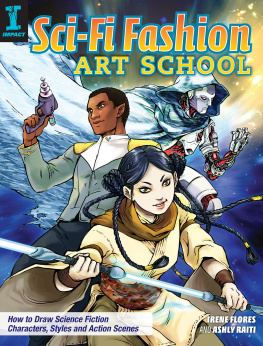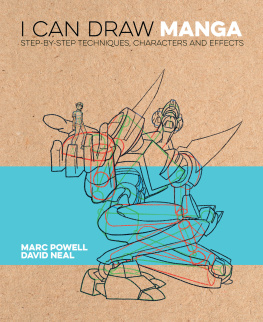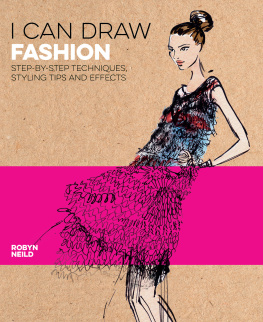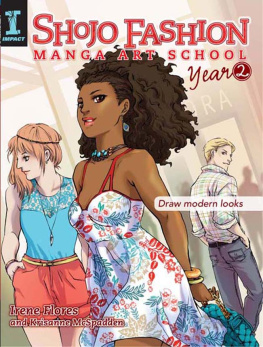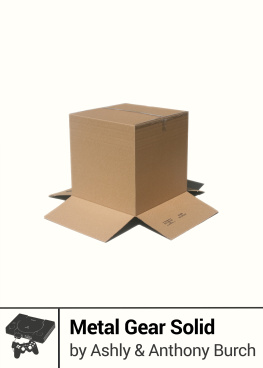Every artist is different. As you practice your skills, learn more about techniques and develop your own unique art style, experiment with different tools and figure out what works best for you. However, no matter what you draw or which art supplies you use, a good understanding of the basics will help you get to where you want to be.
Tools
Dont get overwhelmed by the huge variety of art supplies available out there. All you really need to start drawing are paper and a pen. Its OK to experiment with different supplies to find out what you prefer and what you can affordbut if youre looking for suggestions, here are a few basic tools youll want to have on hand.

MECHANICAL PENCILS
Mechanical pencils always keep a fine point. Plus, you dont have to bother with sharpening them.

BLUE LEAD
Using blue pencil lead makes it easier to go over sketches with dark graphite or ink. Blue lead also tends to disappear when its scanned, leaving only the darker ink behind. No need to erase all your pencil lines manually; as soon as you scan it, your art is ready for you to add digital colors!
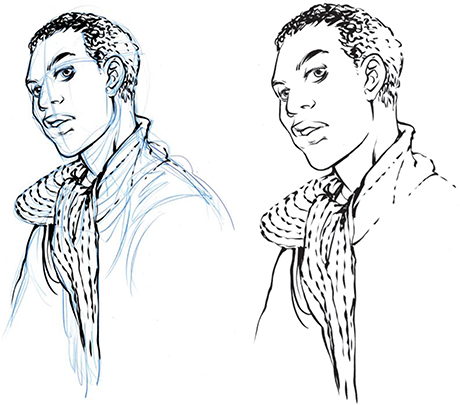
BEFORE AND AFTER
The image on the left shows the blue-lead sketch with the inks on top. On the right, the same image has been scanned with the grayscale setting. The blue sketch lines disappear, leaving the picture ready to color with no extra cleanup.

PAPER
You dont need expensive paper to drawbut depending on the pens you like, some kinds of paper will work better than others. Experiment to see what provides the best result with the tools you prefer. Deleters Plain B paper works particularly well with brush pens because they dont bleed very much and the ink dries fast.
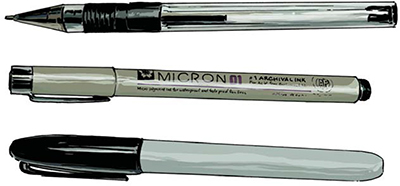
GEL AND FELT-TIP PENS
Use gel and felt-tip pens for straight lines and to fill in large areas. Trying to make lines with a brush pen and ruler can get pretty messy.

BRUSH PENS
These pens have a brush tip made of separate bristles, like a paintbrush. Brush pens can create lines of varying width, depending on how much pressure you apply while inking.
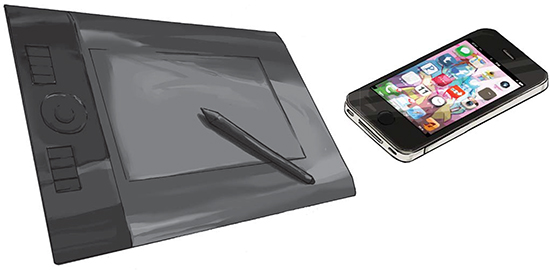
DIGITAL TOOLS
Take reference shots with your phone, use a drawing tablet and sketch digitally, or employ an art program to color your work. Just like traditional media such as pens and paints, digital tools are there to help you create!
Faces
A face can say so much about a character, all without a scrap of dialogue. Every person is differentfrom their bone structure to their blemishes to the shape of their nose. As an artist, youll want to create characters with distinct faces that are recognizable at a glance, even in a close-up. To get to that point, though, it pays to practice the basics. At the simplest level, faces are symmetrical. Familiarize yourself with how to sketch them with symmetry guidelines and practice keeping everything in proportion.
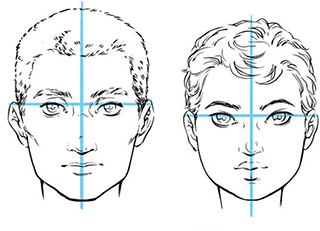
MALE VS. FEMALE FACES
There are no hard-and-fast rules about what makes a face male or female. In general, though, mens faces ...
Hands
Hands are tough to draw because theyre capable of doing so many things. They can hold a pencil, clap for a performance, play an instrument or swing a baseball bat. If you need help drawing a particular activity, get someone to pose while their hands perform the action you want for your character. Take reference pictures of their hands, then practice drawing from the references later.
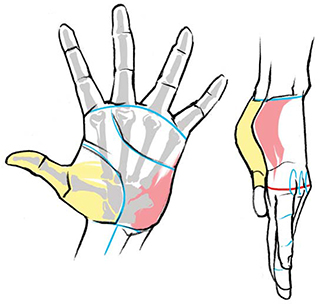
MUSCULATURE
Understanding whats going on beneath the skin can help when youre trying to draw hands. The yellow and pink sections highlight the two main muscle groups. Look closely; the palm isnt flat, but naturally curves.
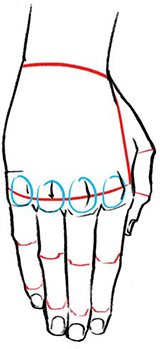
BENDS AND CURVES
On the back of the hand, the knuckles arc in a slight curve. The red lines show where the fingers bend and illustrate how they follow the curve of the knuckles.
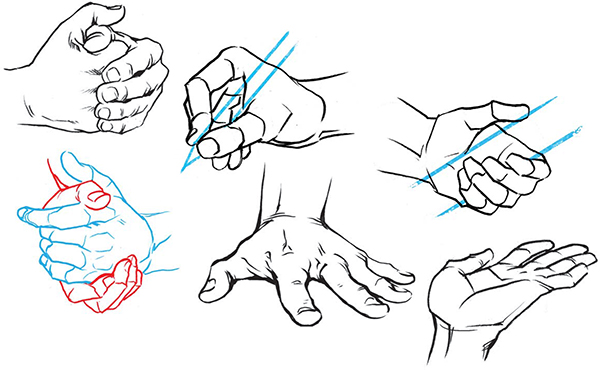
HANDS IN ACTION
Draw hands performing any gesture you can imagine. It will help you become familiar with how they work and move. You can even use one hand to draw and the other hand as a model. Practice, practice, practice!
Feet
Feet may offer a more limited range of movement than hands, but they still take a lot of practice. Like hands, feet are capable of performing a huge range of activities like jumping, dancing, running and swimming. To draw them well in action, make sure you understand the basic shape of the foot and how it comes together.

